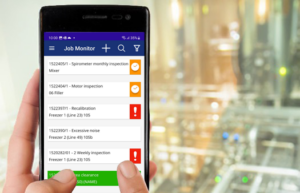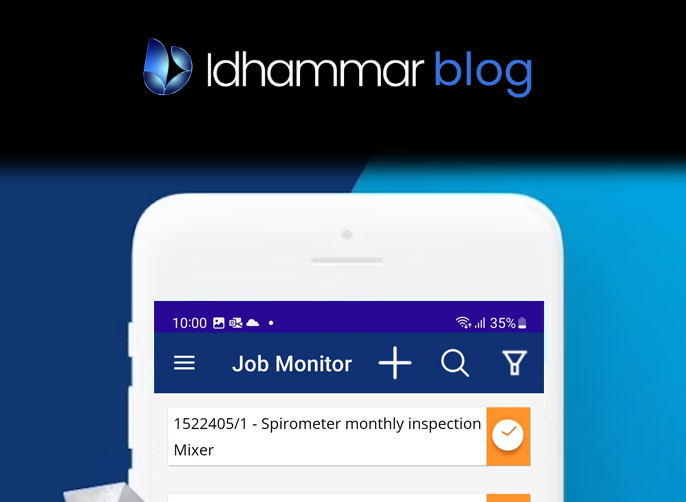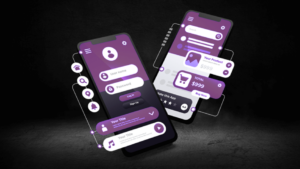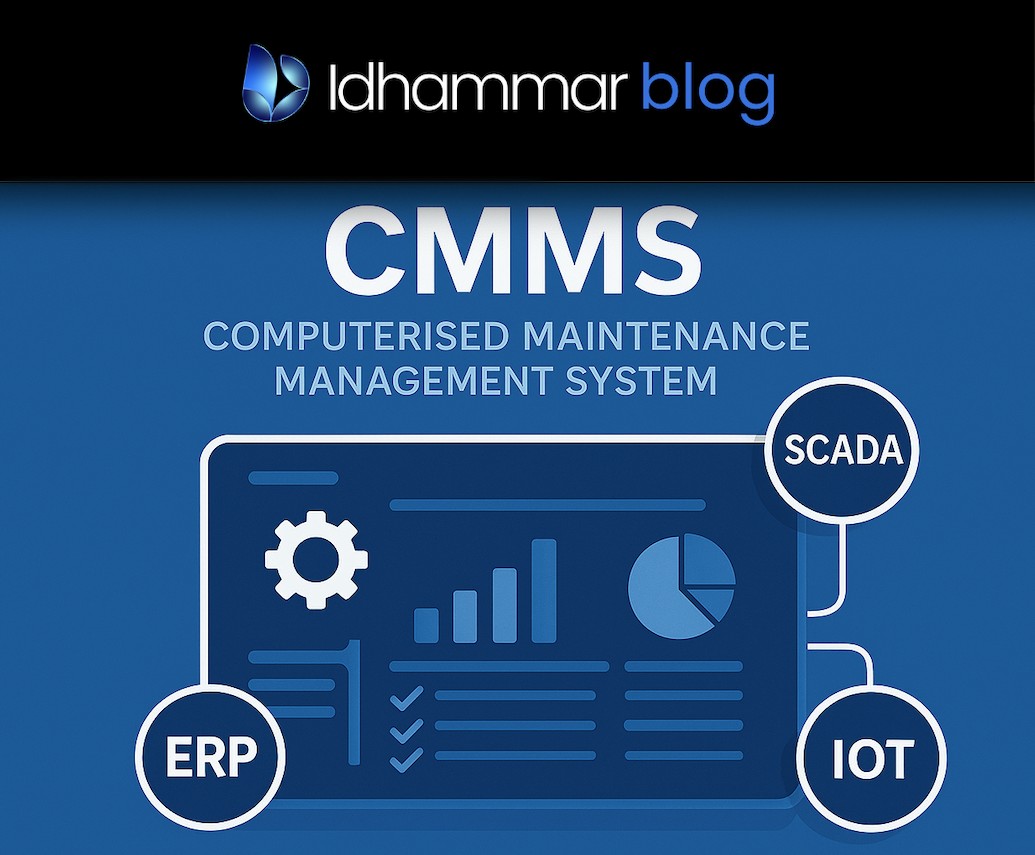Industries such as manufacturing, utilities, and facilities management have maintenance staff under continual pressure to keep systems working as they should. Maintenance teams in industries like manufacturing, utilities, and facilities management are under constant pressure to keep equipment running smoothly. Common problems are miscommunication, lost knowledge, and delayed reactions. While many organisations already rely on maintenance management systems, adding a mobile app can significantly improve efficiency, accuracy, and responsiveness.
Mobile apps let technicians rapidly access work orders and contact their teams. Whether working on significant commercial buildings, remote utility sites, or manufacturing floors, well-designed software enables maintenance staff to accomplish their duties faster and better.
How Mobile Apps Help Maintenance Teams?
Mobile apps offer workable answers for daily maintenance problems. They reduce documentation, simplify procedures, and enhance team communication. Their difference is as follows.
Instant Access to Information
Without a mobile app, technicians may waste valuable time searching for equipment manuals, service records, or work orders. Mobile apps centralise this information, enabling technicians to retrieve what they need in just a few taps — no more running back to the office to access data or sifting through paper files.
Real-Time Updates
Maintenance schedules change rapidly. Whether assigning urgent tasks, updating work orders, or flagging issues for immediate attention, mobile apps ensure everyone stays informed in real time. This minimises delays and reduces duplicated effort.
Offline Capability
Maintenance often occurs in areas with poor internet connectivity, such as tunnels, basements, or remote sites. A robust mobile app allows technicians to continue working offline, automatically syncing their updates when they reconnect. This ensures maintenance data is never lost, even in challenging environments.
Better Collaboration
Miscommunication causes delays and annoyance. Mobile apps allow for instant chat, task alerts, and shared updates between field crews, managers, and planners. Thus, everyone is aware of what is happening without continual emails or phone conversations.
Digital Checklists and Reporting
Paper checklists are time-consuming and prone to errors. Mobile apps replace these with digital checklists that streamline audits, inspections, and routine maintenance. Reports can be generated instantly, reducing paperwork and improving accuracy.
Less Paperwork, Fewer Mistakes
Manual data entry often leads to mistakes and missing information. Mobile apps enable teams to capture data digitally, reducing paperwork and ensuring records are accurate and up to date.
Essential Features in a Maintenance Mobile App
Not every maintenance software is developed the same. A well-designed maintenance app should include:
- Intuitive Navigation: Ensures users can quickly adapt without extensive training.
- Work Order Management: Allows maintenance teams to view, update, and complete tasks directly from the app
- Equipment History & Inventory Access: Easily accessible past repairs and maintenance.
- Push Notifications: Real-time alerts for new tasks, urgent issues, and status changes.
- Barcode & QR Code Scanning: Enables fast identification of parts and assets.
- Offline Functionality: Seamlessly working without an internet connection, with automatic data sychronisation once reconnected.
Industry Use Cases: How Different Sectors Benefit?
Although every sector has different maintenance requirements, mobile apps generally provide solutions that simplify procedures.
Manufacturing
Mobile apps provide real-time updates on machine faults, track maintenance progress, and ensure easy access to asset history. This minimises downtime and speeds up repairs.
Utilities
Field staff managing pipelines, power lines, or water systems benefit from GIS integration for locating assets and recording maintenance tasks directly in the app.
Facilities Management
For large buildings, hospitals, or universities, mobile apps help managers assign tasks, track progress, and manage multiple sites efficiently.
Challenges of Adopting Mobile Apps—and How to Overcome Them?
Although mobile apps offer many advantages, handling them can sometimes be challenging. From security issues to user opposition, knowing these difficulties will help to facilitate the change.
Data Security Concerns
Businesses are concerned about leaked sensitive maintenance data. Choose a mobile app to keep data safe, use an app with multi-factor authentication, role-based access, and encryption.
User Adoption
Certain maintenance staff members may object to switching from paper-based systems. Offering hands-on training and selecting an app with a clear UI can result in faster adoption.
Integration with Existing Systems
A maintenance app should interact seamlessly with current systems such ERP (Enterprise Resource Planning) or CMMS (Computerised Maintenance Management Systems). A decent app will provide integration features meant to avoid information silos.
The Future of Maintenance Mobile Apps
Mobile apps will only grow better as technology is developing fast. Among forthcoming developments are:
- Augmented Reality (AR): AR glasses or a phone camera lets technicians overlay digital repair instructions on actual equipment.
- AI-Powered Predictive Maintenance: Artificial intelligence can examine sensor data to forecast when a machine is likely to malfunction, enabling teams to intervene before issues start.
- Voice Recognition: Hands-free operation will enable technicians to access data via voice commands and update work orders.
How Does Idhammar’s Mobile CMMS App Make a Difference?

From fieldwork to management control, Idhammar provides a flawless experience tailored especially for maintenance workers using a mobile app. This is what distinguishes it:
Work Anytime, Anywhere
Idhammar Connect allows maintenance workers to access work orders, equipment history, and inventory details instantly, helping them remain mobile and productive.
Offline Capability
Having no internet is not problematic; teams can work offline with the Idhammar Connect, which syncs automatically once back online.
Real-Time Communication
Assigning tasks, monitoring development, and getting real-time updates to facilitate seamless collaboration between field staff and supervisors.
Barcode & QR Code Scanning
Barcode and QR code scanning speed up identifying the correct part or equipment, saving time spent on asset hunting.
User-Friendly Interface
Simple design ensures fast adoption without extensive training.
Customisable Features for Different Industries
Idhammar Connect meets industry-specific needs, offering customised solutions for improved efficiency in manufacturing, utilities, or facilities management.
Conclusion
For organisations already using a maintenance management system, adding a mobile app is a game-changer. It empowers teams to respond faster, reduce downtime, and enhance communication. Investing in the right mobile app helps your maintenance teams work smarter, not harder.






